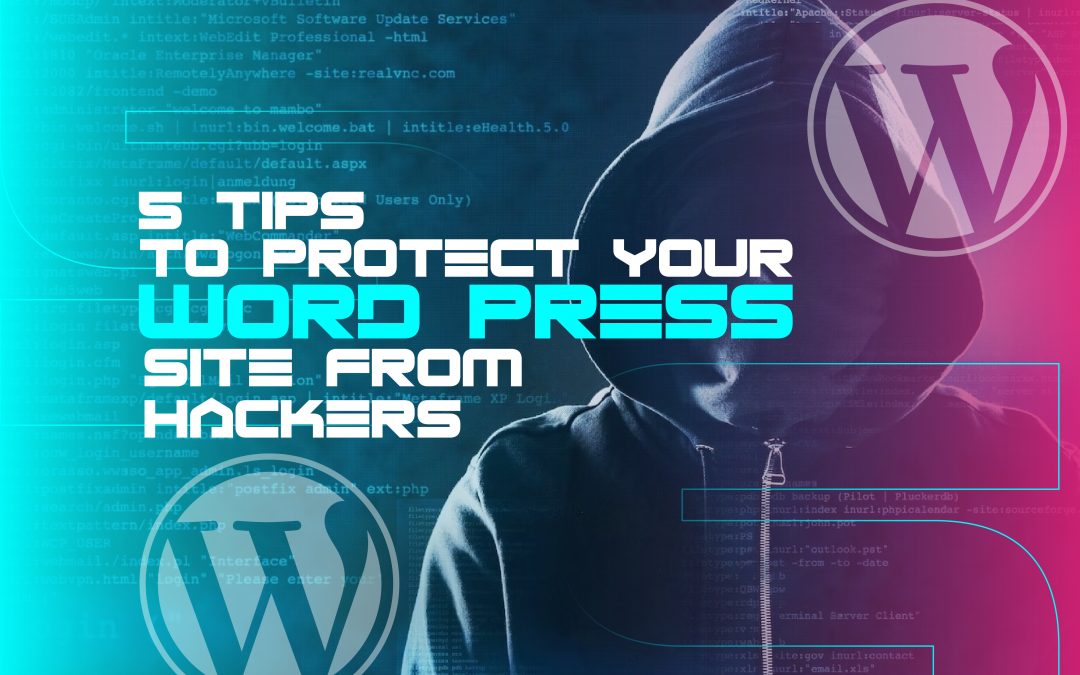WordPress, being the most popular CMS, is a prime target for cyberattacks. According to recent statistics, nearly 90,000 attacks happen every minute on WordPress sites. This article aims to provide you with actionable tips to secure your WordPress site, helping you focus on what matters most: growing your business. While the best WordPress development companies can create secure sites, ongoing vigilance is essential for maintaining security.
1. Keep WordPress, Themes, and Plugins Updated
Keeping your WordPress site, themes, and plugins updated is crucial for security. Updates often include patches for vulnerabilities that hackers exploit. By regularly updating your site, you minimize the risk of attacks. To update, navigate to your WordPress dashboard, check for updates, and install them promptly. Using automated update plugins like Easy Updates Manager can also streamline this process. Remember to back up your site before updating to avoid any issues.
2. Use Strong Passwords and Two-Factor Authentication (2FA)
Strong passwords are your first line of defense. Make sure your passwords are lengthy, intricate, and distinct. Avoid using easily guessable passwords like “admin123.” Implementing two-factor authentication (2FA) adds an extra layer of security by requiring a second form of identification. Plugins like Google Authenticator or Authy make setting up 2FA simple. Additionally, using password management tools like LastPass or 1Password can help you generate and store secure passwords.
3. Secure Your WordPress Login Page
The default login URL for WordPress sites is often targeted by hackers. Changing the login URL makes it harder for attackers to find it. Plugins like WPS Hide Login can help you easily change the default URL. Limiting login attempts is another effective measure. By restricting the number of login attempts, you can prevent brute force attacks. Install plugins like Login LockDown or Limit Login Attempts Reloaded to manage this. Adding CAPTCHA to your login page can also deter automated login attempts.
4. Install a WordPress Security Plugin
Security plugins are essential for protecting your site. They offer features like malware scanning, firewall protection, and real-time threat detection. Some top recommended security plugins include Wordfence, Sucuri, and iThemes Security. When setting up a security plugin, ensure you configure it correctly by following the provided guidelines. Regularly monitor and maintain the plugin to keep your site secure.
5. Regular Backups and Restore Options
Regular backups are essential for maintaining site security. In the event of a security breach, backups enable you to restore your website to a previous, unaltered state, ensuring that you can quickly recover from any damage or data loss. There are several backup solutions available, such as UpdraftPlus and BackWPup. These plugins enable you to set up automated backups, ensuring your data is always protected. It’s also important to test your backups periodically to ensure they work correctly and you can restore your site if needed.
Additional Security Measures
● Disable PHP Error Reporting: Turn off PHP error reporting to prevent sensitive information from being displayed publicly, which could help hackers exploit vulnerabilities.
● Restrict Access Using .htaccess: Use .htaccess to disable PHP execution in certain directories and protect important files like wp-config.php.
● Change Default WordPress Database Prefix: Modify the default database prefix to make it harder for hackers to perform SQL injection attacks.
● Hide WordPress Version: Conceal your WordPress version number to make it more difficult for hackers to exploit known vulnerabilities.
● Block Hotlinking: Prevent other sites from using your resources by blocking hotlinking, which can save bandwidth and enhance security.
● Manage File Permissions: Set correct file permissions to ensure that only authorized users can access and modify files.
Conclusion
Securing your WordPress site is an ongoing process that requires vigilance and proactive measures. By following these five tips, you can significantly reduce the risk of your site being compromised. Remember, it’s not just about implementing these measures but maintaining them regularly to ensure your site remains protected. Take action today to safeguard your WordPress site and keep your data secure.
FAQs
● How often should I update my WordPress site?
You should check for updates at least once a week and install them promptly.
● What should I do if my site gets hacked?
Restore from a clean backup, change all passwords, and scan your site for malware.
● Can free security plugins offer sufficient protection?
Yes, many free plugins provide robust security features, but premium versions offer additional protection.
● How can I determine if my WordPress site has been hacked?
Look for unusual activity, unexpected changes, or notifications from your security plugin.
By implementing these tips and staying vigilant, you can protect your WordPress site from hackers and ensure your online presence remains secure.












